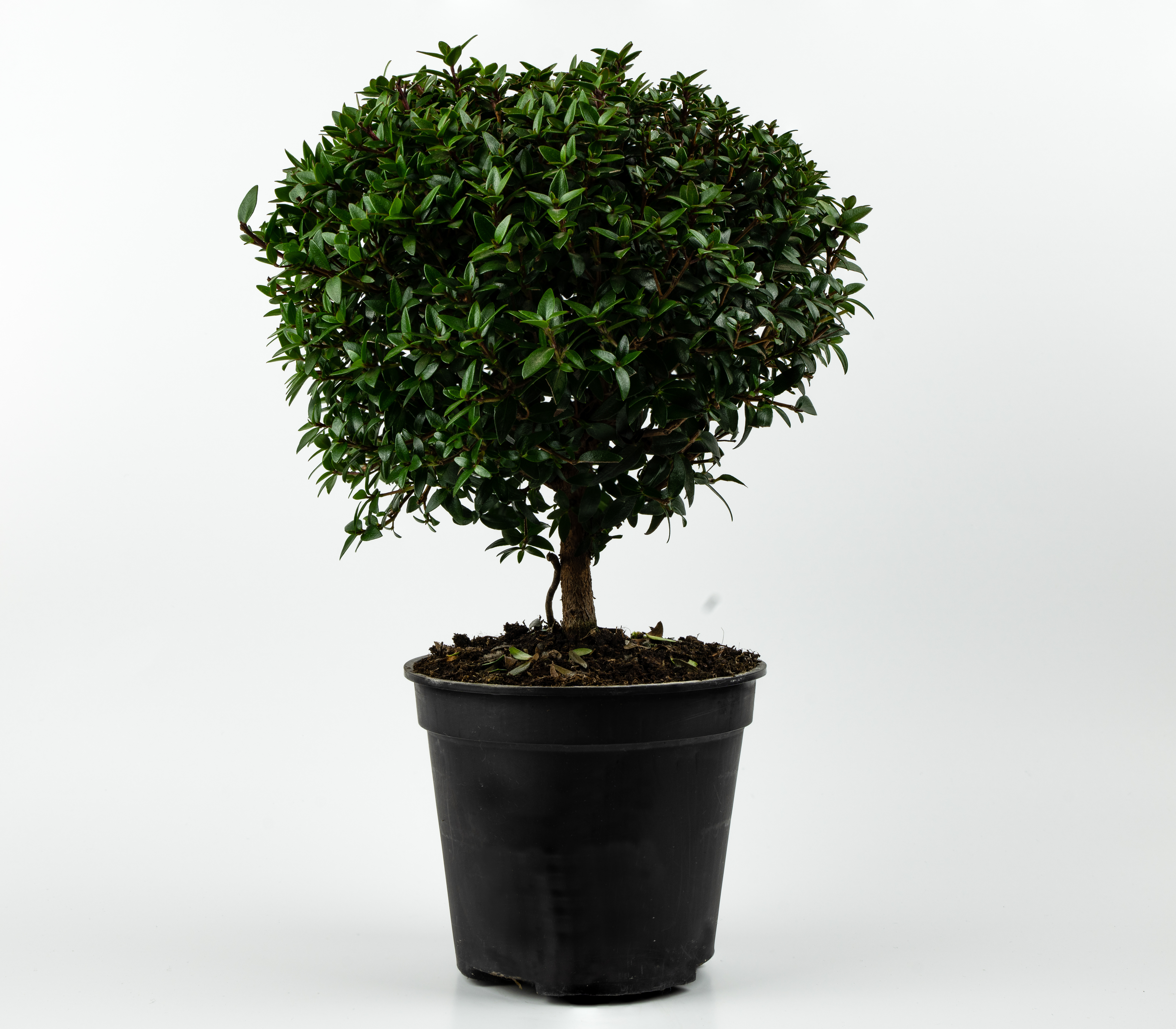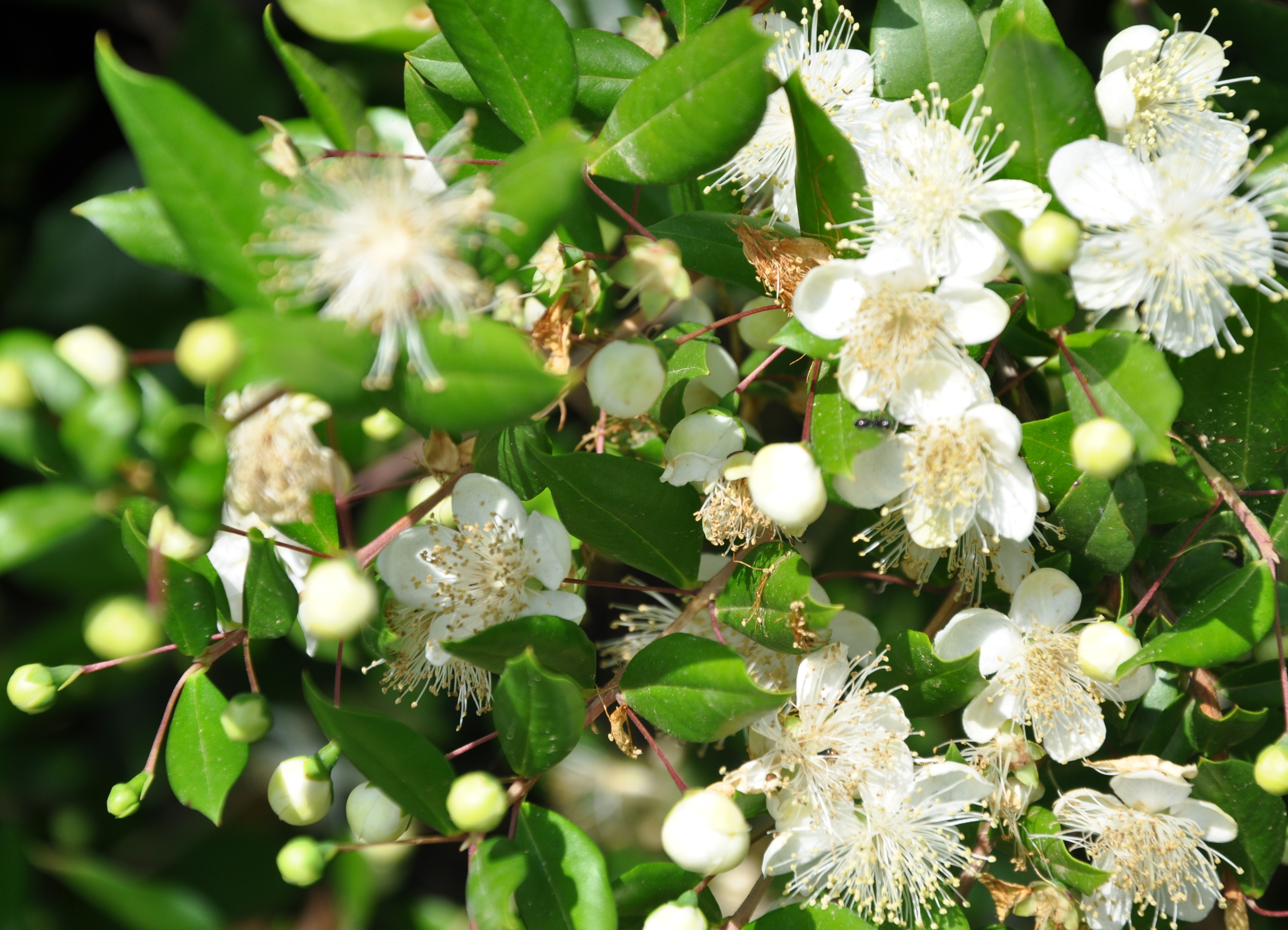Overwintering Common Myrtle
It can definitely be a bit tricky to get your Common Myrtle to survive the winter in climates where it can't grow outside. There are, however, some tips and steps you can follow to give your plant the best possible conditions.

Check the soil Before moving your plant from where it has been during spring / summer, make sure the soil is dry to avoid mold growth.
Check for pests When your plant is moved to a new location and proceeds into the winter months, it might get a bit weak. Its normal resilience against pests is therefore lower. Make sure to check that your plant is healthy and free of pests before moving it to its winter location.
Lower the temperature Place your plant in a cool room. For example, a garage, shed, basement, attic, summerhouse or a cool stairway if you are living in an apartment. Recommended temperature for this plant:
Add extra grow light Pick a full-spectrum light bulb and place it 20-30 cm / 8-12 inches above the plant to prevent leaf burn. Keep the light on for 10-16 hours / day.
Reduce watering Cutting back on watering during winter is key to helping your Myrtle to survive. The amount of water it will need will depend on the amount of light it will get and what temperature it's placed in. But in general: it's better to water it a bit too little during winter than a bit too much (since Myrtle trees can recover from too little water pretty fast).
Keep an eye on it Keep checking your Common Myrtle from time to time to be able to stop any infestations at an early stage. It's also important to know that it's not normal for Myrtle trees to drop their leaves during winter, so if yours start shedding: something is going on! The most common causes are too much or too little water, too little light and too high temperatures. So, check the soil and the roots and make sure that everything is okay regarding the amount of light and temperature conditions.
Even if Myrtle loves water during summer, they can easily get overwatered in winter, so make sure that yours is getting enough light and keep an eye on watering during the cold months. — Planta tip
